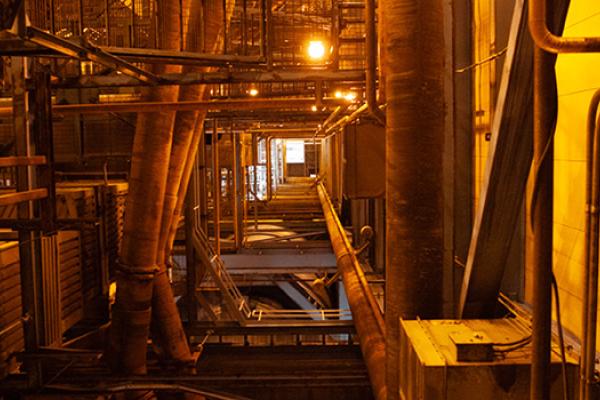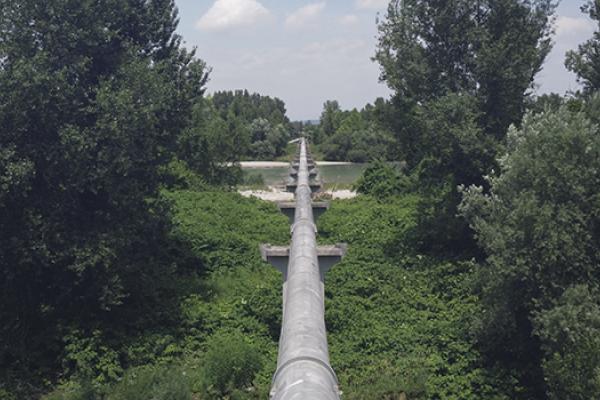The term "blue hydrogen" is used to describe hydrogen made from natural gas, where carbon capture and storage (CCS) technology is deployed to trap much of the copious amounts of carbon dioxide (CO2) generated during the production process, then bury it underground. The hydrogen can then be used as a feedstock for industry, or burned in turbines, or used in fuel cells to generate heat or electricity, or power electric vehicles.
The EU officials have been deliberating over whether the technology should count as “low-carbon” – and thus qualify for billions of euros in subsidies.
The months-long data analysis revealing the true climate cost of blue hydrogen was carried out by DeSmog, in collaboration with a scientist, and reviewed by two other energy experts.
Photo by Aline Nippert




